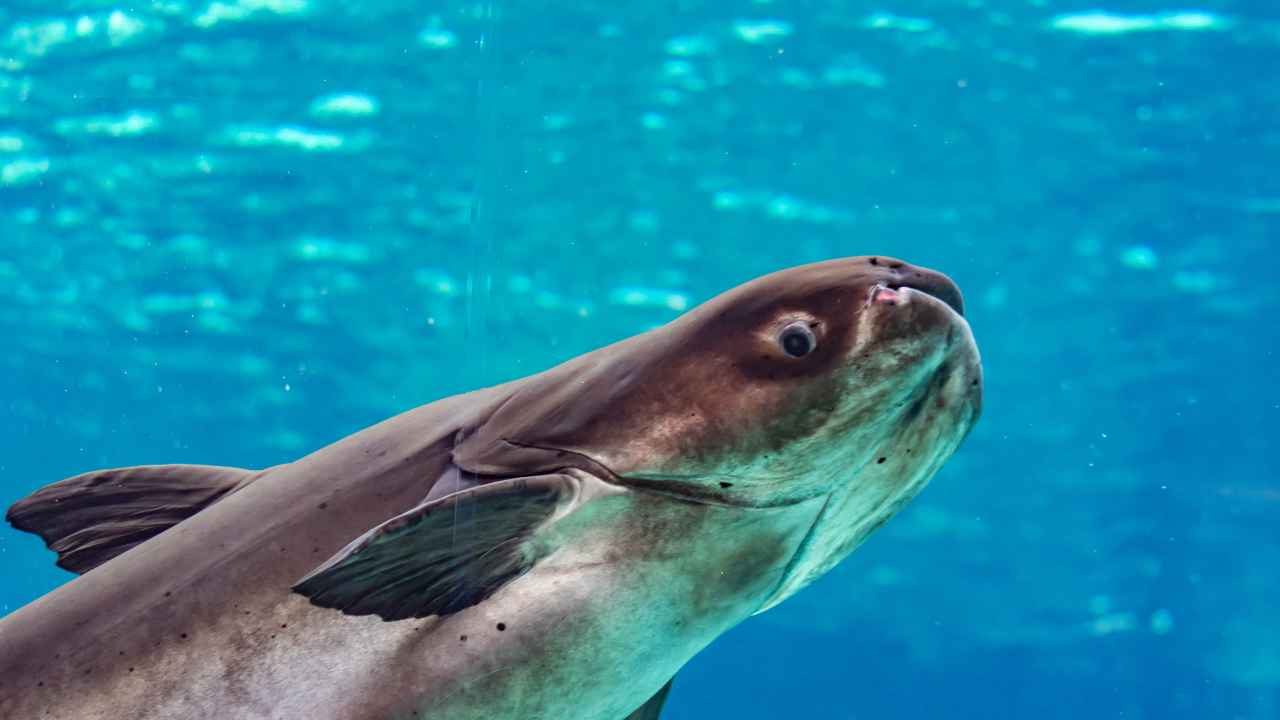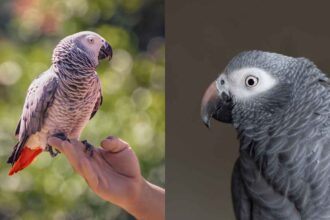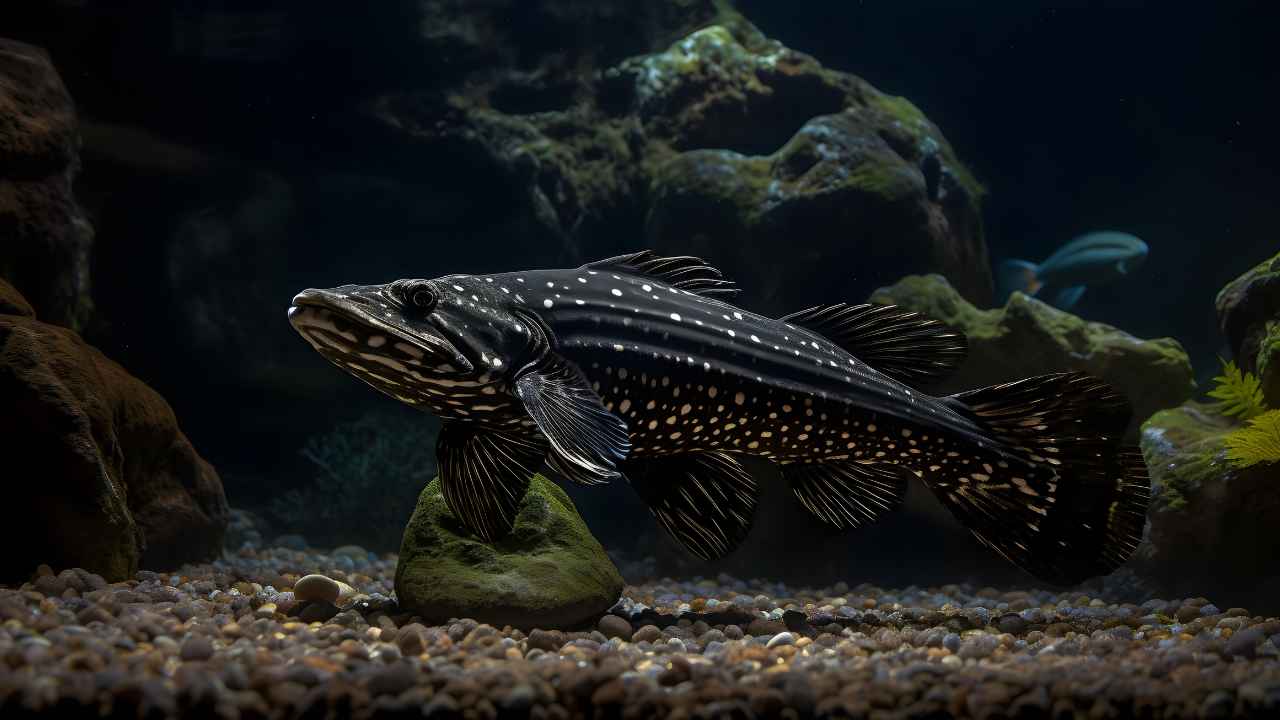Catfish are a diverse group of fish that have captured the interest of aquarists and anglers alike. With nearly 2,900 species distributed across freshwater and marine environments, catfish are known for their distinctive whisker-like barbels, which give them their name. This article will delve into the essentials of setting up a tank for catfish, exploring various species, their natural habitats, and how to care for these fascinating creatures in captivity.
Understanding Catfish: A Brief Overview

Catfish belong to the order Siluriformes and are closely related to characins, carp, and minnows, forming part of the superorder Ostariophysi. These fish are characterized by their barbels, which resemble a cat’s whiskers and serve as sensory organs to help them navigate and locate food in murky waters. While some catfish are small and ideal for home aquariums, others grow to massive sizes, making them popular in sport fishing and aquaculture.
The Natural Habitat of Catfish
Catfish are found worldwide in a variety of habitats. Most species are freshwater dwellers, thriving in environments ranging from slow-moving rivers and stagnant ponds to fast-flowing mountain streams. A few species, such as those in the families Ariidae and Plotosidae, inhabit marine environments, typically in tropical shore waters.
Freshwater Habitats
Freshwater catfish are predominantly bottom dwellers, often found in environments with ample cover, such as submerged logs, rocks, and vegetation. They are adaptable to different water conditions, from soft, acidic waters to harder, alkaline environments. Some species, like the Corydoras catfish, prefer soft, sandy substrates where they can forage for food, while others, like the Pictus catfish, thrive in more complex environments with plenty of hiding spots.
Marine Habitats
Marine catfish, though less common in the aquarium trade, are fascinating species that inhabit coastal regions and estuaries. These fish are often more robust and require specific water conditions, such as higher salinity levels and stable temperatures, to thrive in captivity.
Popular Catfish Species for Aquariums

Several catfish species have become popular in the aquarium trade due to their unique appearances, behaviours, and relatively easy care requirements. Here are some of the most sought-after species:
Corydoras Catfish
Corydoras, or “Cory” catfish, are small, peaceful, and social fish that are ideal for community tanks. They are bottom dwellers, spending much of their time scavenging the substrate for leftover food. Corydoras are known for their armoured bodies and short, stout barbels. They thrive in groups of six or more and prefer a well-planted tank with plenty of hiding spots.
Tank Requirements:
- Tank Size: Minimum of 10 gallons
- Water Temperature: 72-78°F (22-26°C)
- pH: 6.0-7.5
- Substrate: Soft sand or fine gravel
Plecostomus (Pleco)
Plecostomus, commonly known as “Plecos,” are another popular catfish species, particularly known for their algae-eating habits. Plecos range in size from the smaller Bristlenose Pleco, which grows to about 4-6 inches, to the massive Common Pleco, which can reach up to 24 inches in length. Plecos are hardy fish but require ample space as they grow, making them better suited for larger aquariums.
Tank Requirements:
- Tank Size: Minimum of 30 gallons for small species, 100+ gallons for larger species
- Water Temperature: 72-82°F (22-28°C)
- pH: 6.5-7.5
- Substrate: Smooth gravel or sand with driftwood and rocks
Pictus Catfish
The Pictus catfish is a striking species with a sleek, silver body adorned with black spots and long, flowing barbels. These catfish are active swimmers and require a tank with plenty of open space and hiding spots. Pictus catfish are best kept in groups and prefer a well-oxygenated environment with moderate water flow.
Tank Requirements:
- Tank Size: Minimum of 55 gallons
- Water Temperature: 75-81°F (24-27°C)
- pH: 6.5-7.5
- Substrate: Fine gravel or sand with rocks and driftwood
Synodontis Catfish
Synodontis catfish, particularly the “Upside-Down” catfish, are known for their unusual behavior of swimming belly-up. These catfish are hardy and adaptable, making them a great choice for beginner aquarists. Synodontis catfish are nocturnal and prefer a tank with plenty of hiding spots to retreat to during the day.
Tank Requirements:
- Tank Size: Minimum of 30 gallons
- Water Temperature: 72-82°F (22-28°C)
- pH: 6.5-7.8
- Substrate: Smooth gravel or sand with ample hiding spots
Setting Up a Catfish Tank
Creating an ideal environment for catfish involves careful consideration of tank size, substrate, water parameters, and decor. Different species have varying requirements, but some general principles can help ensure a healthy and thriving tank.
Tank Size and Shape
The size of the tank is one of the most critical factors when setting up a catfish habitat. While smaller species like Corydoras can thrive in a 10-gallon tank, larger species like Plecos require much more space. A longer tank is often preferable to a taller one, as catfish are bottom dwellers and need horizontal swimming space.
Substrate
The substrate choice depends on the species of catfish. Soft sand is ideal for species like Corydoras that like to dig and forage, while smooth gravel can work for larger species. Avoid sharp substrates that can damage the sensitive barbels of catfish.
Water Parameters
Maintaining stable water conditions is crucial for the health of catfish. Most catfish species prefer slightly acidic to neutral water (pH 6.0-7.5) and temperatures ranging from 72-82°F (22-28°C). Regular water changes and proper filtration are essential to keep the water clean and well-oxygenated.
Decor and Hiding Spots
Catfish appreciate a tank with plenty of hiding spots, such as caves, driftwood, and dense vegetation. These provide shelter and reduce stress, especially for nocturnal species. Live plants not only offer cover but also help maintain water quality by absorbing nitrates.
Feeding Catfish
Catfish are generally omnivorous, with diets varying depending on the species. Most catfish will accept a variety of foods, including sinking pellets, algae wafers, and live or frozen foods like bloodworms and brine shrimp.
Corydoras Diet
Corydoras are scavengers and will eat almost anything they find on the tank floor. However, it’s essential to supplement their diet with high-quality sinking pellets and occasional treats like blanched vegetables or frozen foods.
Pleco Diet
Plecos are well-known for their algae-eating habits, but they also require a more varied diet. In addition to algae wafers, Plecos should be fed vegetables like zucchini, cucumber, and spinach, along with occasional protein-rich foods like shrimp pellets.
Pictus Catfish Diet
Pictus catfish are carnivorous and prefer a diet of meaty foods. They thrive on a diet of sinking carnivore pellets, supplemented with live or frozen foods like bloodworms, blackworms, and brine shrimp.
Synodontis Diet
Synodontis catfish are omnivores and will eat a variety of foods, including sinking pellets, algae wafers, and live or frozen foods. They also enjoy blanched vegetables and can benefit from a varied diet to ensure all their nutritional needs are met.
Common Health Issues and How to Prevent Them
Like all fish, catfish are susceptible to certain health issues, many of which can be prevented with proper care and maintenance.
Fin Rot
Fin rot is a common bacterial infection that affects the fins of fish, causing them to fray and decay. Poor water quality is often the primary cause. To prevent fin rot, maintain clean water with regular water changes and avoid overcrowding the tank.
Ich (White Spot Disease)
Ich is a parasitic infection that causes white spots to appear on the body and fins of fish. It is highly contagious and can spread quickly through a tank. Treatment involves raising the water temperature slightly and adding a commercial ich treatment to the water.
Bloat
Bloat, or dropsy, is a condition where the fish’s abdomen becomes swollen due to fluid buildup. This can be caused by overfeeding, poor diet, or internal infections. Prevent bloat by feeding your catfish a balanced diet and avoiding overfeeding.
Breeding Catfish
Breeding catfish can be a rewarding experience for aquarists, but it requires careful preparation and attention to detail. Different species have different breeding habits and requirements.
Corydoras Breeding
Corydoras are relatively easy to breed in captivity. They prefer to spawn in cooler water, and a drop in temperature can trigger spawning behavior. Corydoras lay their eggs on flat surfaces like leaves or tank glass. The eggs should be removed to a separate tank to prevent other fish from eating them.
Pleco Breeding
Breeding Plecos can be more challenging, especially with larger species. They require specific conditions, including a cave or hollow structure where the male can guard the eggs. Plecos are generally slow to mature, and breeding may not occur until the fish are several years old.
Pictus and Synodontis Breeding
Breeding Pictus and Synodontis catfish in captivity is more difficult and rarely occurs without specific breeding setups. These species often require larger tanks, specific water conditions, and sometimes even hormonal treatments to encourage spawning.
Conclusion
Catfish are a diverse and fascinating group of fish that can make a unique addition to any aquarium. Whether you’re interested in the small and social Corydoras or the large and majestic Pleco, understanding their natural habitat, dietary needs, and care requirements is essential to keeping them healthy and happy. With proper tank setup, regular maintenance, and a balanced diet, your catfish will thrive, bringing life and activity to your aquatic environment.





